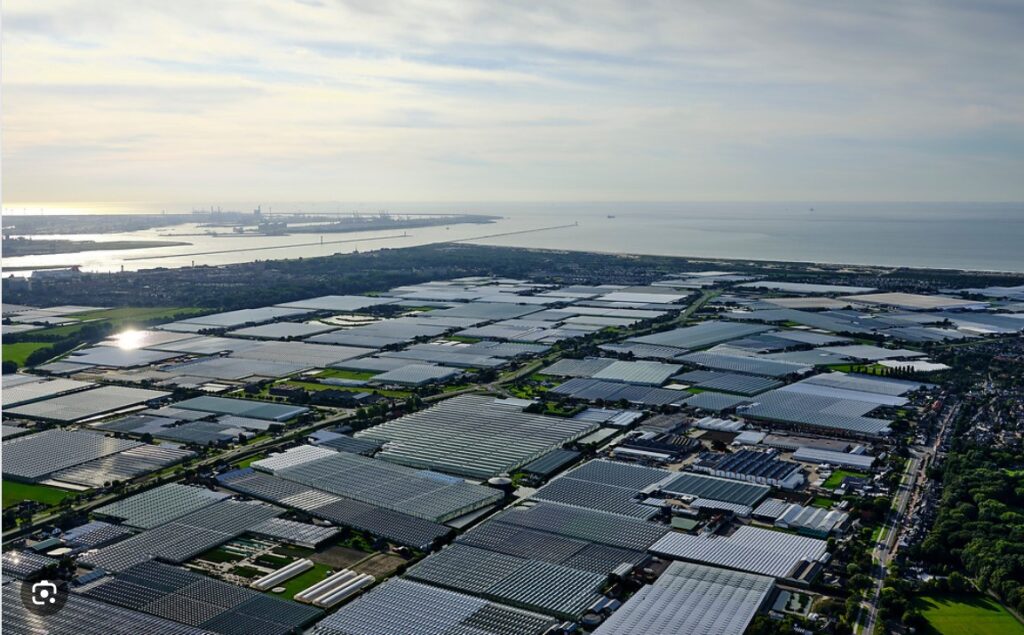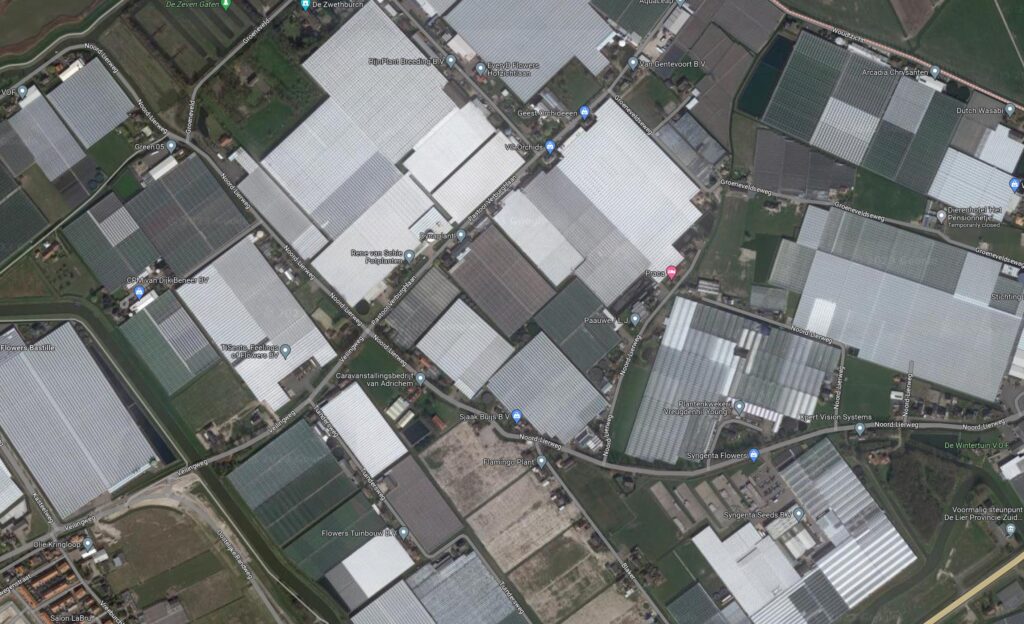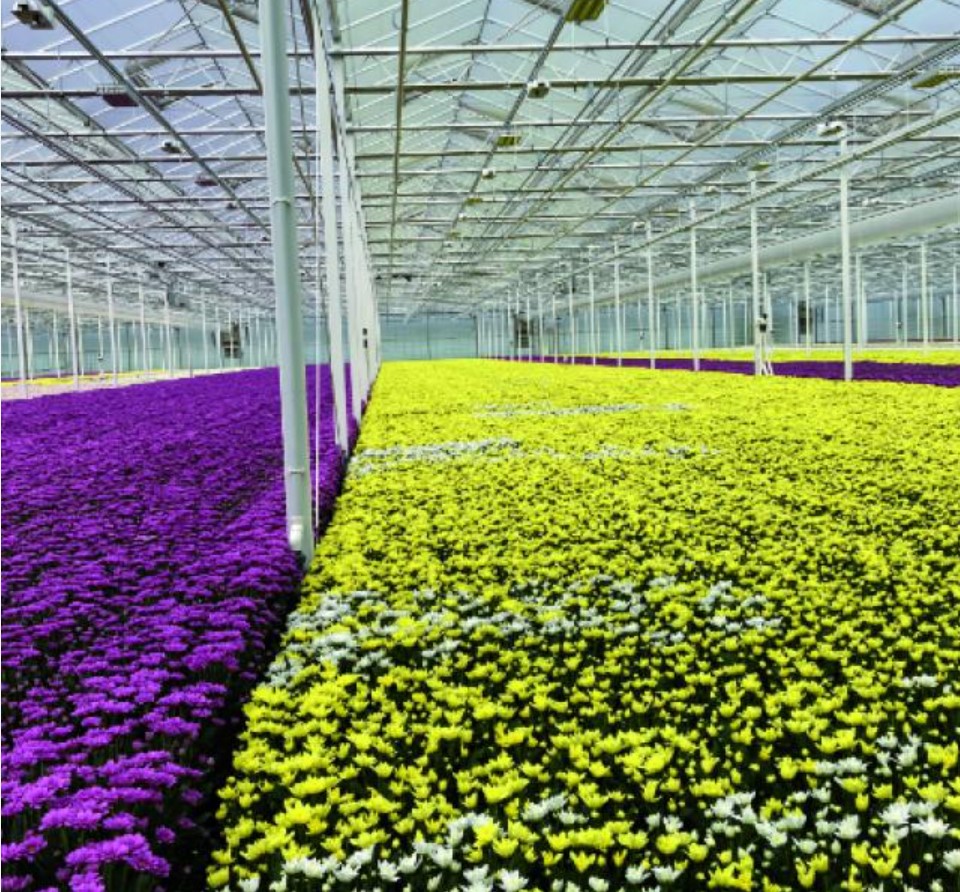SUSTAINABLE LIVING
If you are already living with off grid power and doing water recycling, than the next step is grow your own food. Hydroponics in a green house is the perfect path to sustainable living.
This page will explain a few things about Hydroponics.
I am doing research with different nutrient mixes and also find out if I can extend the seasons by using CO2 enrichment. But first let’s see what hydroponics is all about.
1. HISTORY OF AGRICULTURE.
- Farming was created some 5000 years BCE, when the nomadic populations started to settle down in groups or villages. Hunting and gathering became more difficult, so food had to be mass produced.
- So the population started planting edible plants in beds. Others started to keep animals in paddocks. Concentrating on the plants, the beds had to be ploughed and seeded and then watered and finally harvested. So the farmers needed seeds, water and were subject to the unpredictability of the weather.
- In order to predict the seasons, calendars were invented, so they knew when to sew and when to harvest. They also needed good access to clean water, so most villages were placed along streams and rivers and that is still the case in the modern world.
2. IS TRADITIONAL FARMING EFFICIENT?
The answer is definitely NO!
- Firstly most of the trees were removed to make more room, yet creating loose soil and erosion.
- Secondly irrigation took enormous amounts of water, but less than 20% went to the plants.
- Thirdly they often planted the same crop year after year, creating nutrient poor soil.
- Fourth. Because the plants were out in the open, they had to use insecticides to kill the infestations, as best as possible.
- Fifth. In order to get acceptable yields of their crop, huge amounts of fertilizer had to be used, and most finished up in the water ways, creating green and blue algae.
3. SO, WHERE DOES HYDROPONICS SHINE?
BENEFITS OF HYDROPONICS IN A GREENHOUSE.
- Hydroponics uses only 10% of what traditional farming uses. It only loses 1 to 2% of the water in evaporation.
- The nutrients are measured out and recycled over the plants roots. The plant removes the elements that it needs. Very cost effective.
- The best way to undertake hydroponics is in a green house or hot house, not out in the open. the benefits here are:
- No storm, flood or hail damage to the plants.
- Protection from severe frost, by using supplementary heaters.
- Year around growing.
- It takes less space.
- No weeding required.
- A shortage of sunlight can be compensated by occasional artificial lights.
- There is protection from insects and other foreign infiltrations, because the green house is sealed. So no need to spray insecticides.
- Because the green house is sealed, there is better control of the growth and health of the plants.
- It allows one to experiment with CO2 enrichment and thus faster growth and better yields.
4. DRAWBACKS OF HYDROPONICS.
- Higher initial start up cost.
- You need some expertise.
- It requires more supervision.
- You need to pay attention to the water quality, to prevent disease introduction.
5. IS HYDROPINDS A SCIENCE AN ART?
In the early days and even now Hydroponics is mostly an art. It is a Trial and Error method, where we test parameters and see how they work. And why is that?
We are dealing with an untold number of variables and I give a list here:
- There are 16 important elements in the nutrient solutions and the formulas vary greatly. Also the plant needs different nutrients in root growing, leaf growing and fruit bearing stages. Plus each plant has a different liking for certain elements.
- In relation to the above, very often an excess of one nutrient element (or anionic group) can often block uptake of other essential elements. That is the complexity of the nutrient systems. And we are still searching for the answers. Also one person may have found a interesting formula that works well in say France, yet it won’t work in Germany’s continental climate.
- We are dealing with hundreds of vegetables and when we add flowers, probably thousands. Each of those plants have their own preferences for nutrients, sunlight, temperature, humidity, even CO2 concentration etc etc. A very complex lot of data.
- Even though we operate inside a green house, we are still subject to the variable weather, especially temperature, sunshine and humidity.
- To add to this, I already mentioned temperature, humidity, amount and intensity of sunlight, CO2 concentration. The length of sunlight hours and dark hours in the day, even some winter frost is desirable for some plants.
There is a lot of research being done, and I am going to do my bit on my pet idea. But we are only just scratching the surface.
6. HYDROPONICS GROWING METHODS.
There are a lot of ways to grow your hydroponic vegetables. There are about 6 basic methods. Just to quickly mention them: Deep water or Kratky — nutrient film technique (NFT) — Drip system — Ebb and Flow — Dutch bucket — Aquaponics. Farmtek has webpage that explains it very clearly. Personally I like the first four, because it is easier to grow say potatoes and carrots in a Kratky system rather than NFT.
Also please note two things:
- Now there are literally 100th of frames, buckets, channels, pipes etc to make these systems work. Some are easy to construct, yet others are leaning towards very large systems. But please remember you can do hydroponics in a jar. So don’t be tempted to buy a fancy system, it won’t make the plants grow faster.
- I don’t like aquaponics, because you are losing control of the environment and the nutrients. Also you are coupling one biological system with another and it is very easy to migrate algae or diseases from one to the other, particularly in a water system. And for Hydroponics messing with the water purity is disastrous.
7. THE GROWING MEDIA — plus some cautions.
- Growing media is rather important, because it the material that holds the plant, where the roots penetrate. This is the place where the nutrient is in touch with the roots. Because it is the root that takes up the nutrient, but it also need air or oxygen. If the last one is not there than the plant won’t do well. There is a very good explanation in Wikipedia on Hydroponics, that explains things very well. Please look at that.
- However if you get on my list I will advice you on many aspects in more detail. You can learn a lot on U-tube, but be very careful, a lot of things don’t work, or only in very special circumstances. Just don’t lose sight of the basic theory behind the processes.
- Just another word of caution, unless you are experienced and know what you are looking at (with respect to the plants growth and appearance), stay away from vertical systems. Stick to the horizontal methods.
- The two that I am following are the Kratky method (deep water) and the NFT (nutrient film technology) and maybe the Dutch bucket. The Ebb and flow, drip require too much control or piping and the aquaponics is too risky.
8. LOOK AT GREENHOUSES IN WESTLAND – SOUTH HOLLAND.
Westland vegetable and flower production is mostly Hydroponics. The complex is like a city with all the trades required, all “just around the corner”. Like: seed producers, seedling producers, growers, pickers, cleaners after the harvest, glass house repair, aircon repair, transport, cold storage, laboratories etc.
Go to the next Hydroponics page 2.





The Netherlands is the second largest exporter of flowers and vegetables, just behind California. Just remember California has twice the population, ten times the land area and a warmer climate.
I must say good on you Holland.
